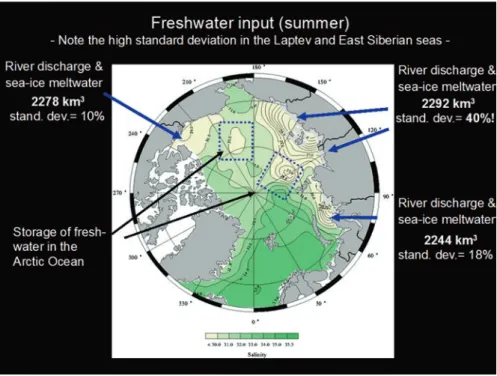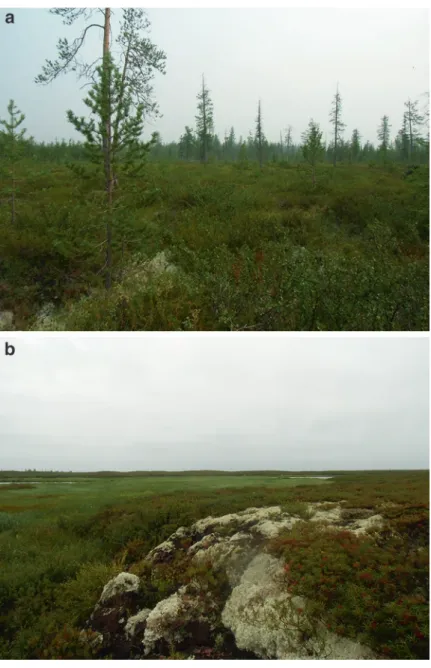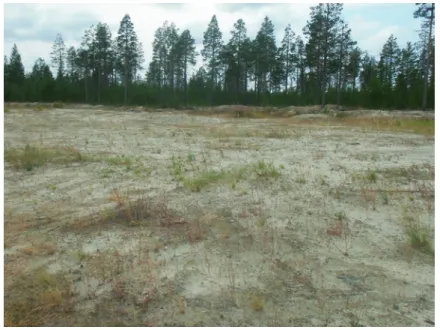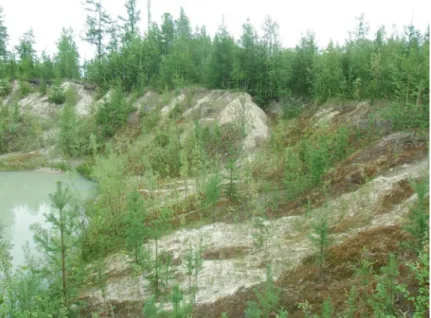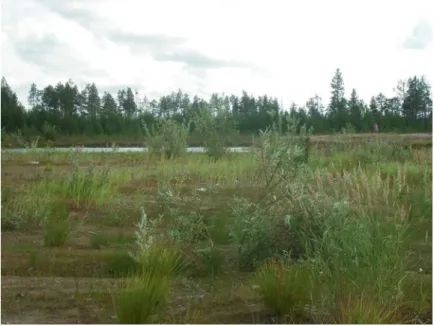Today, the UArctic together with the International Arctic Science Committee (IASC) and International Arctic Social Sciences Association (IASSA) form the three organizations that represent Arctic science in the Arctic Council. Despite the diverse topics and different disciplinary approaches, the articles highlight the interconnectedness of the Arctic.
Vulnerability of the Arctic Environments
Vulnerability of the Arctic Societies
Building the Long-Term Human Capacity
Arctic Tourism
Arctic Safety
Vulnerability of the Arctic Environments
Mysteries of the Geological History
- Introduction
- Dynamics of the Modern Arctic Ocean Sea Ice Cover
- High Variability of Arctic Ocean Ice Covers During the Quaternary
- The Enigma of the Tertiary Predecessors of the Central Arctic Ocean Ice Covers
- What Triggered the Onset of Northern Hemisphere Glaciations During the Paleogene?
- Conclusions
Maps such as those published by Hughes et al. 1977) and CLIMAP (CLIMAP Project Members 1976, see also Cline and Hays 1976) gave widely differing opinions on the nature of the Arctic Ocean ice sheet without having any field data to support it. This assumption could be confirmed by the activities of the deep-sea drilling project in the Norwegian Greenland Sea (DSDP/ODP legs 38, 104 and 151), as the latter two legs recover completely bound lower and upper Tertiary sedimentary sequences (Thiede 2011a, b).
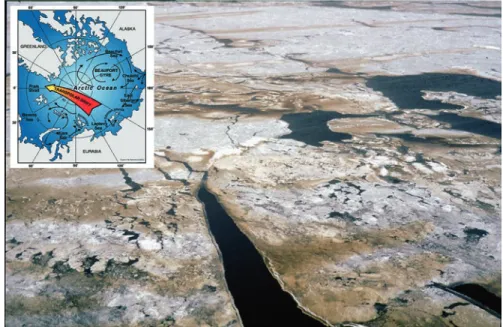
Images or other third-party material in this chapter are covered under the chapter's Creative Commons license, unless otherwise indicated in a credit line for the material. If the material is not covered by the chapter's Creative Commons license and your intended use is not permitted by legal regulations or exceeds the permitted use, you will need to obtain permission directly from the copyright holder.
Response of Arctic Alpine Biota to Climate Change – Evidence from Polar Urals GLORIA
Introduction
Resurveys of the historic summit sites in the Alps showed that vascular plants have been found at higher altitudes than previously recorded (Pauli et al. 2012). According to Pauli et al. 2015) vascular plants as sessile and macroscopic organisms easily identified in the field represent one such group.
Materials and Methods
The 3m×3m quadrat clusters, potholes in cross pattern (extra approximation) and the vertices of the summit areas are arranged in the main geographical directions (Modified from Pauli et al. 2015). The differences between different years were used to quantify transformations of the plant communities and called thermophilization indicator D (D = Syear1 – Syear2) (Gottfried et al. 2012).
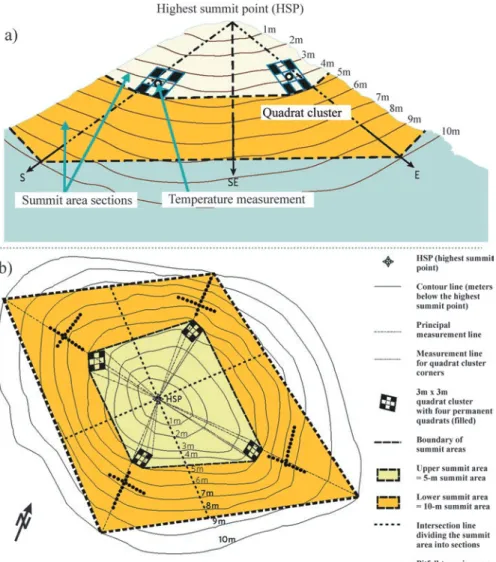
Results and Discussion
In: Pauli H, Gottfried M, Lamprecht A et al (eds) The GLORIA field manual – standard Multi-Summit approach, supplementary methods and extra approaches, 5th edn. Pauli H, Gottfried M, Lamprecht A et al (eds) (2015) The GLORIA field manual – standard Multi-Summit approach, supplementary methods and extra approaches, 5th edn.
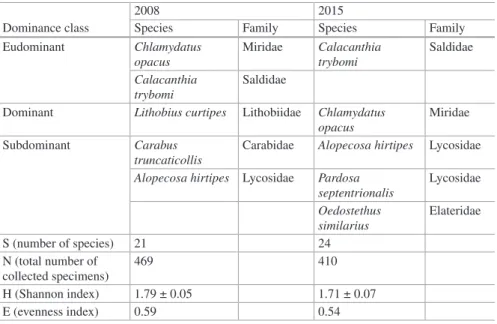
The Features of Natural and Artificial Recovery in Quarries of the Forest-Tundra
Introduction
Harvested actual experience of soil restoration as well as the capacity of northern ecosystems for natural restoration should be taken into account in the development of regional standards. In this context, a comparison of natural restoration efficiency with artificial restoration of disturbed lands, as well as generalization of accumulated practical experience of restoration, is particularly relevant for the Far North of Russia.
Materials and Methods
- Natural Recovery of Vegetation
- Artificial Restoration of Vegetation
Despite the positive successive trends, natural recovery is difficult in the extreme climatic conditions of the Siberian North. For example, near Nadym, the vegetation of the quarry was restored by pine cultures (Pinus sylvestris L.
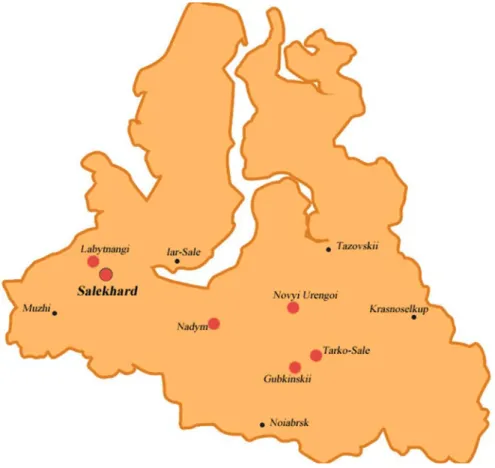
Conclusions
Unfortunately, in the Yamal-Nenets Autonomous District, artificial restoration is limited due to the lack of dedicated forest nurseries and adapted grass mixtures. Egorov AA (2015) Features recultivation grooves in the forest tundra and forest zone of northern Western Siberia.
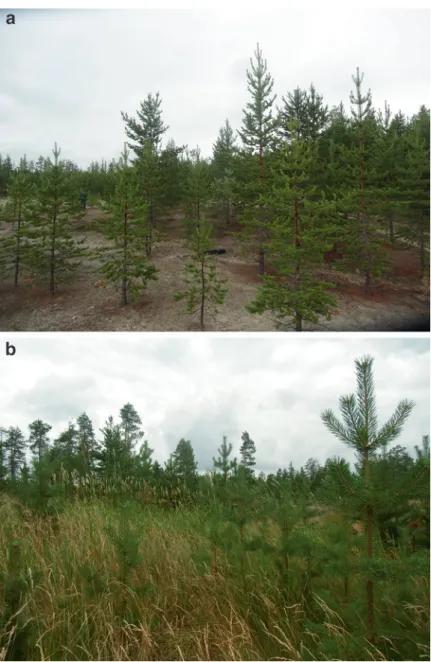
The Concept of Hierarchical Structure of Large Marine Ecosystems in the Zoning
- Introduction
- Methodical Approach
- Units of Zonal Differentiation
- Units of Vertical Differentiation
- Units of Azonal Differentiation
- Discussion
- Conclusions
Landscape bionomic concept characterizing the Barents Sea as the major marine system highlighted in the scheme of ecoregions of Spalding et al. It occupies the northern part of the central Barents Sea divide and belongs to the geomorphological region of the North Barents Sea in fig.
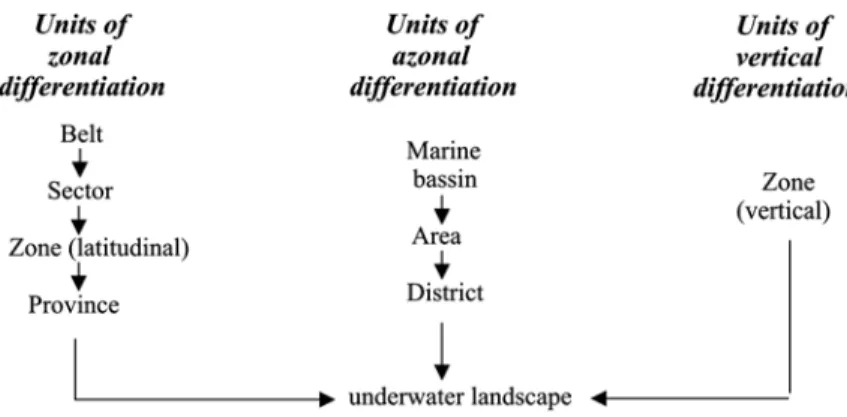
Changing Climate and Outbreaks of Forest Pest Insects in a Cold Northern Country,
- Introduction
- The Life Cycles of Pest Insects in Relation to Recent Climate Change in Finland
- Birch Defoliators
- Pine Defoliators
- Spruce Pests
- Conclusions and Future Prospects
The spruce bark beetle breeds successfully in fresh Norway spruce wood and windblown wood (Eriksson et al. 2008). The warming climate has made conditions more favorable for spruce bark beetles in the northern part of Europe (Økland et al. 2015).
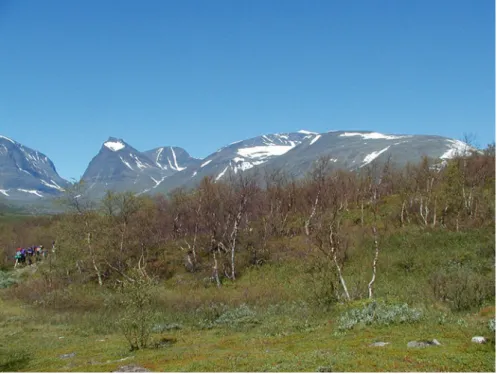
Wood-Based Energy as a Strategy for Climate Change Mitigation in the Arctic-Perspectives
- Introduction and Background
- Forests in the Arctic Countries
- Climate Impacts Related to the Use of Forest Biomass for Energy
- Adjusting the Different Uses of Forest Biomass
In some Arctic countries, forest biomass also plays an important role in the energy mix (Figure 6.2). However, climate change mitigation and energy industries are not the only users of forest biomass in Finnish Lapland. There are several different users of forest biomass in the Arctic (e.g. Horstkotte et al. 2016).
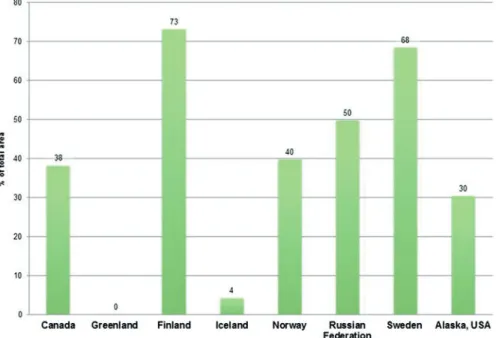
Geospatial Analysis of Persistent Organic Pollutant Deposits in the Arctic Ecosystems
- Introduction
- Material and Methods
- Results and Discussion
- Conclusions
A conceptual model was created to assess the spatial impact of POPs on Arctic ecosystems and the environment. Analysis of PCB accumulation in components of marine and terrestrial ecosystems is shown in Fig. A zoom for DDT and PCBs in biota and environment is presented in Figure 1.
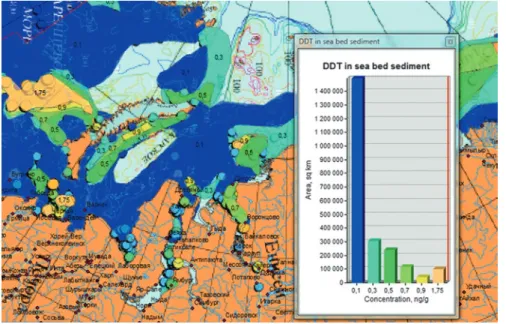
Hydrological Probabilistic Model MARCS and Its Application to Simulate the Probability
Runoff: The Russian Arctic as a Case of Study
- Introduction
- Method and Data
- Results and Discussion
- Conclusions
Daily flows were used to calculate the annual spring flood runoff depth time series (SFDR, mm/(time period)) as the spring flood volume (m3) from the catchment divided by its area (m2). The main characteristics of the MARCS model are (i) a low number of forcing and simulated variables (only basic statistics of meteorological and hydrological variables are used); (ii) low number of model parameters (physical. In this study, the MARCS model with a regional parameterization scheme was used to calculate the parameters of the SFDR PDFs over the Russian Arctic.
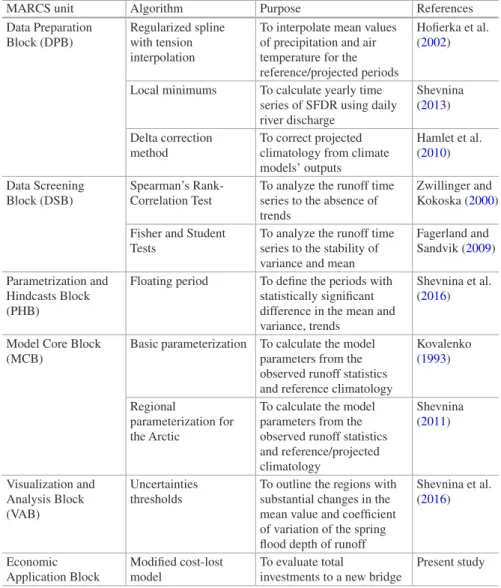
Assessment of Atmospheric Circulation in the Atlantic-Eurasian Region and Arctic
Applications of These Indices in Long-Term Weather Forecasts
- Introduction
- Two Types of Polar Air Outbreaks
- Atlantic Arctic Oscillation Index (AAO Index) .1 Calculation of AAO Index
- Interannual Variability of AAO Index
- AAO Index and Surface Air Temperature in the Arctic
The main difference between these two types of polar air bursts is the temperature regime and sea ice conditions in the Arctic. As can be seen, northern Siberia and the northern Atlantic are key regions for the formation of polar air bursts in the Atlantic-Eurasian region. 9.1 (a) Example of the first type of polar air bursts with respect to the SLP anomaly field, (b) Example of the second type of polar air bursts with respect to the SLP anomaly field.
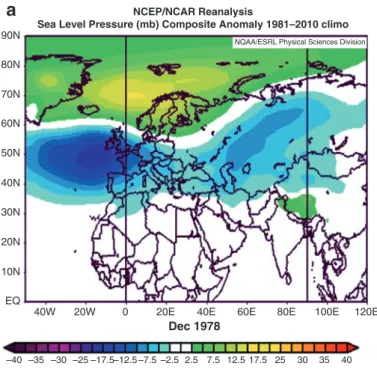
Advantages of the AAO Index Over the NAO and AO Indices
Conclusions
The new index correlates much better with Arctic SAT than the NAO and AO indices. One of the most important reasons for the melting of Arctic sea ice is related to the dominance in the last 20 years of outbreaks of another type of Arctic air, which cause high positive air temperature anomalies in the eastern part of the Arctic. National Snow and Ice Data Center. arctic-sea-ice-extent-sets-to-record-season-low/. 1995) Decadal trends in the North Atlantic Oscillation: regional temperature and precipitation.
Difficulties of Geological Engineering in Arctic Seas
- Introduction
- Glimpse to the History of Petroleum Development Offshore the Arctic
- Geological Engineering Conditions of the Region
- Issues on Testing
- Potential Solutions for Arctic Geological Engineering
The difficult environmental conditions in the Arctic marine areas make it quite difficult to locate the economic activities that have recently been part of the massive industrialization of the region in general. Most soils on the Arctic shelf are composed of mixed sand and clay particles. Or the water is squeezed out, not meeting the natural conditions of the soil (Rokos and Lyusternik 1992).
Vulnerability of the Arctic Societies
The Health Transition: A Challenge to Indigenous Peoples in the Arctic
- National Health Care Systems and Scientific Collaboration
- The Sami People
- Sami Health Challenges
- Sami Health Data
- Melting Permafrost and the Release of Infectious Diseases
This chapter addresses the health situation for indigenous peoples in the Arctic, emphasizing the Sami. Different opinions have been expressed in efforts to create the best circumstances for the Sami to develop their societies in the north. It is very important to note that Sami's challenge is not limited to conservation.
Uncertainties in Arctic Socio-economic Scenarios
- Introduction
- Towards Better Informed Decision-Making in the Arctic
- Socio-economic Scenarios
- Socio-economic Scenarios for the Arctic
- Key Uncertainties and Climate Change in the Scenarios
- Discussion
- Conclusions
On the contrary, in the scenarios in Haavisto et al. 2016), climate change was considered as a high impact trend, but rather as a certain development trend. Cherack 2004; van Drunen et al. 2011) have motivated the use of participatory methods in the more recent studies. According to Arbo et al. 2013), the link between physical climate change and socio-economic scenario development is still lacking in arctic futures studies.
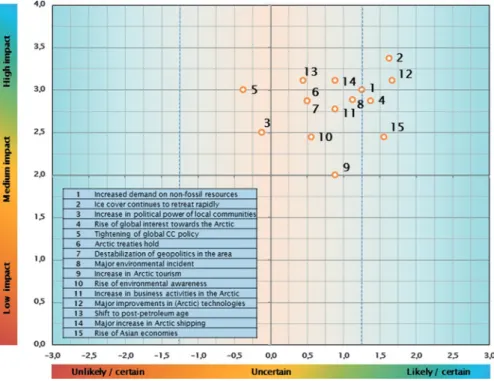
Importance of Consideration of Climate Change at Managing Fish Stocks: A Case
- Introduction
- Major Fisheries of Northern Russia
- Risks for Fish Stocks Associated with Climate Change
- How to Reduce Risks for Fisheries?
This indicates that warming alone can play an important role in the current favorable status of the North Russian fisheries. Research in the Barents Sea has shown a negative effect of bottom trawls on benthic organisms (Denisenko and Zgurovsky 2013). Klyashtorin LB (1998) Long-term climate change and major commercial fish production in the Atlantic and Pacific.
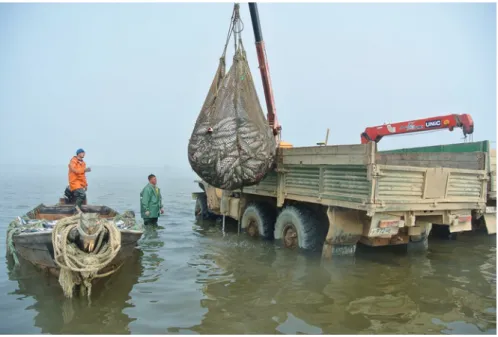
Preservation of Territories and Traditional Activities of the Northern Indigenous Peoples
Development
- Introduction
- Changing Conditions in the Arctic Territories
- Legal Regulations on the Indigenous Peoples in the Russian Federation
- Conclusion
Харючи [Годовой отчет президента Российской ассоциации коренных малочисленных народов Севера, Сибири и Дальнего Востока С.Н. Феория, Москва Новостной сайт ВСЛУХ.РУ (2005) 5-й Конгресс коренных малочисленных народов Севера, Сибири и России. Харьючи] (2009) «Живая Арктика коренных малочисленных народов» [Мир живых коренных малочисленных народов Арктики] 22:4–19 Устав (Основной закон) Ханты-Мансийского автономного округа – Югры [Устав.
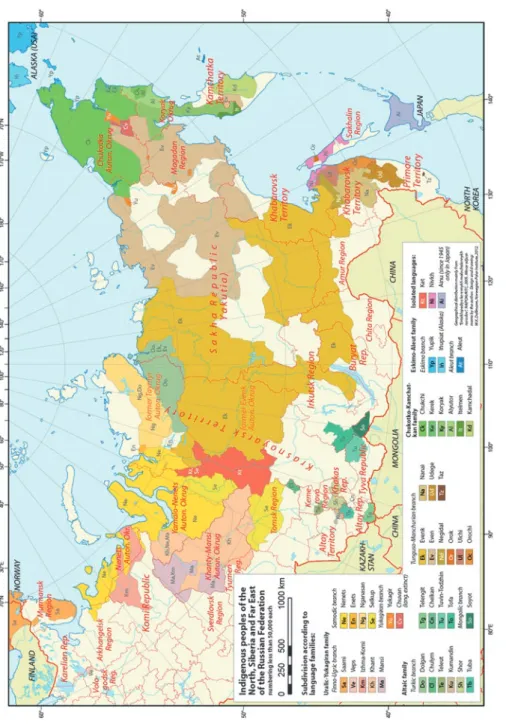
The Arctic Journey: Design Experiments in the North
- Introduction
- Designing the Arctic Journey
- Co-design in the Exhibition Cases
- Findings from the Arctic Experience
The photos were selected by the exhibition team and the selection was guided by their Arctic experiences. The visual elements of the exhibition also included photographs of the arctic region, accompanied by photographs from similar visual environments in a different context. Participation and inclusion seemed to be one of the nominal themes of arctic design.
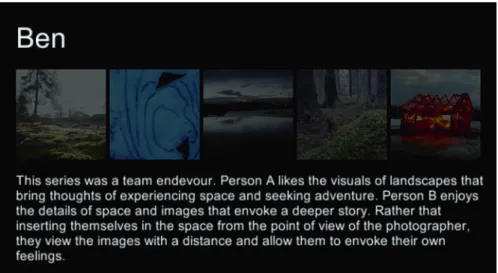
The Bicycle and the Arctic – Resilient
- Introduction
- Theoretical Framework
- The Bicycle in Urban Alaska
- Conclusion
This research examines sustainability and resilience aspects of bicycle use in urban areas of Alaska. In addition to the political, legal and infrastructural aspects, new technologies make it possible to use the bicycle in the Arctic. All these aspects demonstrate the bike's high adaptability to the ever-increasing climate variability.
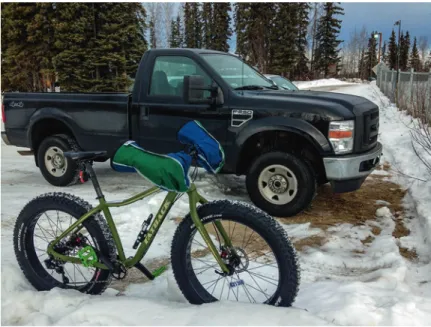
Building the Long-Term Human Capacity
Human Capital Development in the Russian Arctic
- Introduction
- Russian Arctic: Long-Term Human Capacity Building
- Human Capacity Building Through Labour Market Development
- Conclusions
2.4 million people live in the Russian Arctic, which is 1.6% of the total Russian population (official statistics on the social and economic development of the Russian Arctic Zone 2017). The structure of the human development index and its main components2 in the regions of the Russian Arctic shows that the region is below the all-Russian level. On the other hand, the situation in the labor market of the Russian Arctic shows the problems of the balance of supply and demand, i.e.
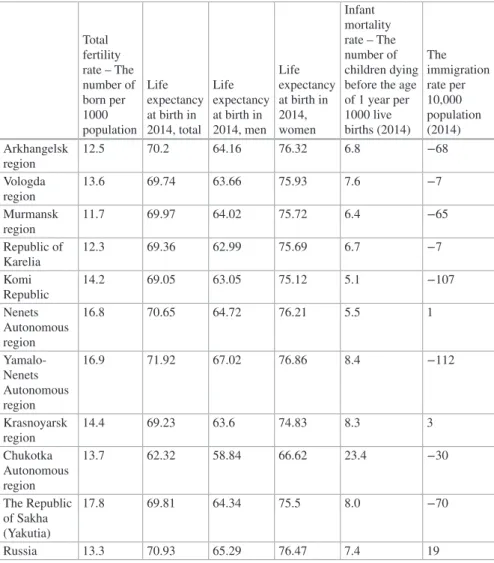
Impact of Wages on Employment
Introduction
Bignebat (2006), Mkrtchyan and Karachurina (2015) and Sardadvar and Vakulenko (2016) link out-migration from the regions of the High North of Russia to the inadequacy of labor demand. The demand for labor in the regions of the High North of Russia is more limited compared to the rest of the country for institutional, geographical and economic reasons (Giltman 2016). The supply of labor also seems to have some special features in the regions of the High North of Russia.
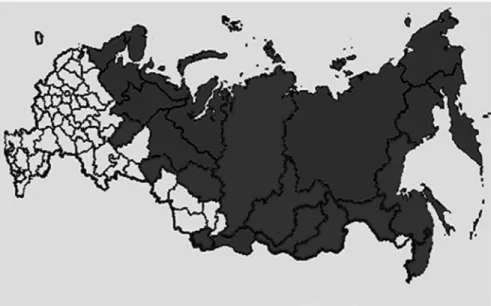
Results and Discussion
Employers also do not react immediately to a change in the requirement for the number of employees. The growth in individual labor supply in the high north is too high and leads to a fall in wages and an increase in unemployment in the northern regions. It reflects the impact of the quality of life in a particular region on the dynamics of the labor force population in the High North.
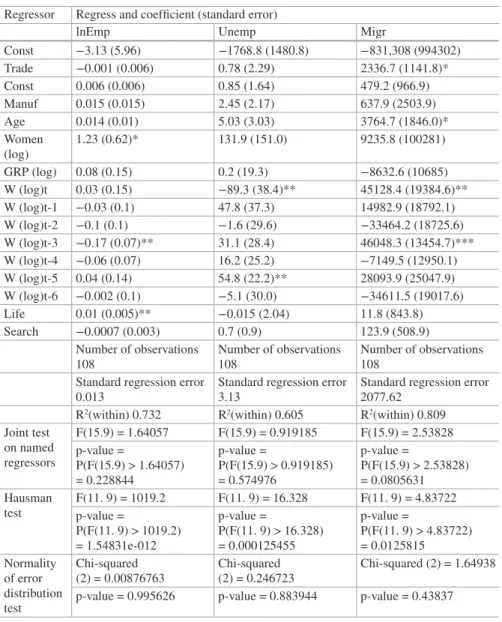
Conclusions
The structure of the regional economy also appears to be significant – a growth in the share of people working in trade of 1% leads to an increase in net migration of 2337 people. In other words, the main industries of the regional economy are the first to develop. Mkrtchyan N, Karachurina L (2015) Population change in the regional centers and internal periphery of the regions in Russia, Ukraine and Belarus over the period of 1990-2000s.
Well-Being in an Arctic City. Designing
- Introduction
- Bullying and Harassment
- Mental Health
- The School Culture
- Quality of Life
- Research Questions
- Methods .1 Design
- Participants
- Instruments
- Ethics
- First Results from the Study
- Concluding Remarks
Both bullying and offending are associated with the experience of poor quality of life (Thorvaldsen et al. 2016). Long-term study Some results from the first year of the study have recently been reported in Thorvaldsen et al. In the various interviews, the general term and the specific categories as well as age variations (Egeberg et al. in press) of bullying were examined.
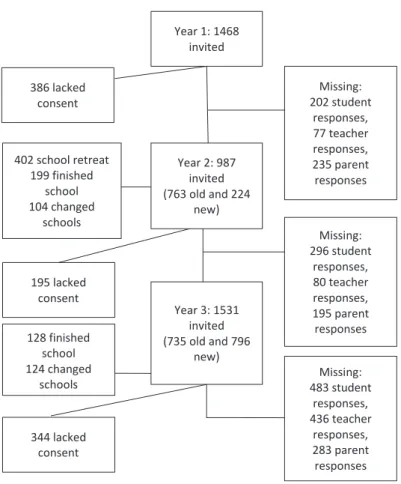
Researching Links Between Teacher Wellbeing and Educational Change: Case Studies
- Introduction
- Problem Statement
- Methods
- Results
- Conclusions
Because of all the above, the question of the teacher's basic professional competences is extremely topical (Amabile 1982). This probably represents the highest value of the openness to the world factor in 2005 (Chorosova et al. 2006). Northern teachers are characterized by a desire for everything new and a tolerant attitude, self-control when necessary and self-regulation.

